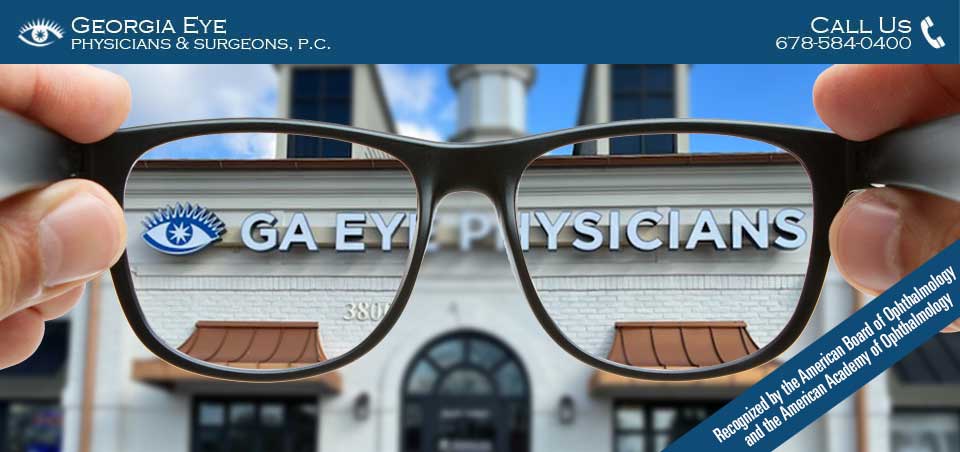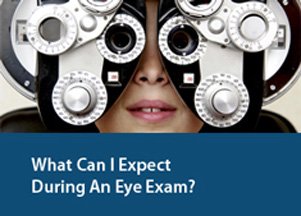How Eyelid Conditions Can Affect Your Vision Health
At Georgia Eye Physicians and Surgeons, we treat a wide variety of conditions that affect vision. While the majority of these concerns naturally involve the eye itself, there are actually a large number of relatively common vision-affecting conditions that deal not with just the eyes, but with the humble eyelids. When they are functioning as they should, the eyelids serve to protect the eye from foreign matter, such as dust, dirt, and other debris, as well as bright light that might damage the eye. When you blink, the eyelids also help spread tears over the surface of your eye, keeping the eye moist and comfortable. However, when even something minor and easily treated goes wrong with the eyelids, it can have a serious effect on your vision and the health of your eyes.

Blepharitis may also localize in the skin of the eyelids, either causing a stye (a blocked and infected eyelash follicle) or a chalazion (which results from a more serious blockage of the meibomian gland.) Individuals often confuse a chalazion with a stye, as both can appear as an inflamed bump on the eyelid, but a chalazion can potentially grow significantly larger, even to the point where it can partially obscure vision. In many cases, both styes and chalazions can be treated with a warm compress, which helps unclog the infected area and allow for natural drainage. However, if the condition does not improve, an antibiotic ointment, steroid injection or surgery to remove the obstruction may be recommended.
Finally, harsh environmental conditions such as prolonged exposure to wind, dust, or ultraviolet light, can cause another common eye condition called pterygium. Commonly known as “surfer’s eye,” because it often affects those who spend a great deal of time out on the open water with their eyes unprotected, pterygium results in a growth of pink, fleshy tissue on the conjunctiva, or the white potion of the eye itself. This growth usually forms on the side closest to the nose and gradually grows toward the center of the eye. Patients with this condition generally experience persistent irritation, and in advanced cases a pterygium can continue growing until it covers the pupil of the eye and interferes with vision. During an in-office consultation, Dr. Segal will examine the growth before recommending a treatment plan or surgery.
If you have any concerns about the health of your eyes, or would like to schedule an eye exam, please contact Georgia Eye Physicians and Surgeons today to make an appointment. Be sure to follow us on Facebook, Twitter, and Google+ for more information on how to keep your vision at its best.












